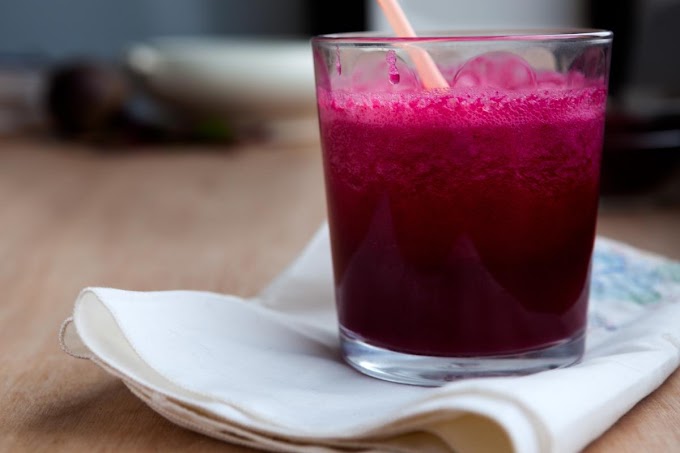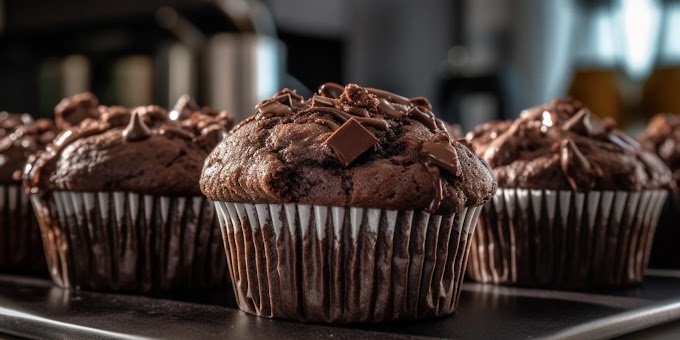Making homemade jam is a rewarding experience that allows you to capture the fresh flavors of ripe fruit and preserve them to enjoy year-round. One of the most beloved jams in American kitchens is blackberry jam. Known for its rich, sweet-tart flavor and deep, beautiful purple hue, blackberry jam is a staple spread for everything from morning toast to topping ice cream or filling pies. The best part? You can make delicious blackberry jam at home without the use of pectin—a thickening agent commonly found in store-bought jams. If you're looking to create an all-natural jam without additives, this recipe is for you.
Why Make Jam Without Pectin?
Pectin is a natural fiber found in the cell walls of fruits, particularly in apples, citrus peels, and some berries. It's often used in jam-making to help the mixture thicken and set. While pectin is a great tool for speeding up the process, some home cooks prefer to make jam without it. Here's why:
Simplicity: By avoiding pectin, you can create jam with just three basic ingredients: fruit, sugar, and lemon juice. This makes for a more traditional, old-fashioned jam with a clean and natural flavor.
Control Over Sweetness: Many recipes using pectin require more sugar to balance the tartness of the thickener. When you skip the pectin, you can adjust the amount of sugar to suit your taste and let the natural flavor of the fruit shine through.
Texture: Jam made without pectin tends to have a softer, looser texture. It spreads beautifully and maintains a lush, fruity consistency rather than becoming overly firm.
No Extra Ingredients: For those looking to reduce additives or keep their jam as natural as possible, pectin-free recipes are the way to go.
Choosing the Best Blackberries
Before diving into the recipe, it’s important to choose the best blackberries for your jam. Fresh, ripe blackberries work best, but if you don’t have access to fresh berries, frozen ones will do just fine. When using frozen berries, thaw them before cooking, and expect a slightly longer cooking time due to the extra moisture.
The key to great blackberry jam is the ripeness of the fruit. Overripe blackberries are too soft and watery, while underripe berries can be too tart. Select blackberries that are plump, deeply colored, and firm. These will give your jam the perfect balance of sweetness and tartness.
Ingredients for American-Style Blackberry Jam Without Pectin
Making this blackberry jam requires only three essential ingredients. Here’s what you’ll need:
4 cups of fresh blackberries (about 2 pounds)
2 cups of granulated sugar (adjust to taste)
2 tablespoons of fresh lemon juice
Instructions for Making Blackberry Jam Without Pectin
This is a simple process that will yield about two 8-ounce jars of jam. Let’s break it down step-by-step:
1. Prepare Your Canning Jars
If you plan on storing your jam for an extended period, you’ll want to sterilize your jars. Wash your canning jars, lids, and rings in hot, soapy water. Rinse well and then place the jars in a large pot of boiling water for 10 minutes. Leave them in the hot water until you're ready to use them. For the lids and rings, place them in a bowl of hot water to soften the sealing compound.
2. Prepare the Blackberries
Start by rinsing your blackberries under cold water to remove any dirt or debris. After rinsing, place the blackberries in a large bowl and gently mash them with a potato masher or fork. You don’t need to mash them completely, just enough to break them down slightly and release some of the juice.
3. Mix with Sugar and Lemon Juice
In a large pot, combine the mashed blackberries, sugar, and lemon juice. The lemon juice is crucial as it not only adds a slight tartness but also helps the natural pectin in the blackberries to activate, which aids in thickening the jam.
4. Cook the Jam
Place the pot over medium heat and stir the mixture until the sugar has completely dissolved. Once the sugar has dissolved, increase the heat to high and bring the mixture to a rapid boil.
Boil the jam for about 20-25 minutes, stirring frequently to prevent it from sticking to the bottom of the pot. You’ll notice the mixture will begin to thicken and reduce in volume. Keep an eye on it and use a spoon to skim off any foam that forms on the surface.
5. Test for Doneness
To test if your jam is ready, use the cold plate method. Before starting the cooking process, place a small plate in the freezer. Once you think the jam has thickened enough, take the plate out of the freezer and drop a small spoonful of jam onto it. Wait for a minute, and then run your finger through the jam. If it wrinkles and holds its shape, the jam is done. If it’s still runny, continue cooking for a few more minutes and test again.
6. Jar the Jam
Once your jam has reached the desired consistency, remove the pot from the heat. Ladle the hot jam into your prepared jars, leaving about 1/4inch of space at the top. Wipe the rims of the jars with a clean cloth to ensure a proper seal. Place the lids on the jars and screw the rings on just until they’re finger-tight.
7. Process the Jars
If you’re planning on storing your jam for longer than a few weeks, you’ll need to process the jars in a water bath. Submerge the filled jars in a large pot of boiling water and process for 10 minutes. Make sure the jars are completely covered with water during the process.
After 10 minutes, carefully remove the jars from the water and let them cool on a towel-lined countertop. As the jars cool, you should hear a “pop” as the lids seal. If any jars do not seal properly, store them in the fridge and use them within a few weeks.
Storing and Serving Your Blackberry Jam
Once your jam has cooled and the lids have sealed, it can be stored in a cool, dark place for up to a year. Once opened, refrigerate the jam and use it within a month.
This homemade American-style blackberry jam is perfect on toast, English muffins, or even as a filling for cakes and tarts. You can also stir it into yogurt or drizzle it over pancakes for a sweet, fruity breakfast treat.
Tips for the Perfect Blackberry Jam
Adjusting sweetness: If you prefer a less sweet jam, you can reduce the sugar to 1 1/2 cups. However, keep in mind that sugar also acts as a preservative, so if you use less, the jam may not last as long.
For a seedless version: If you don’t enjoy the texture of blackberry seeds, you can strain the mashed berries through a fine-mesh sieve before cooking to remove them.
Adding spices: For a unique twist, try adding a pinch of cinnamon or a splash of vanilla extract during the cooking process to give your jam a warm, fragrant flavor.
Final Thoughts
Making American-style blackberry jam without pectin is not only simple but also a great way to savor the natural, bold flavors of fresh blackberries. By following this recipe, you can create a delicious, homemade jam that’s free from artificial ingredients, giving you the ultimate farm-to-table experience right in your own kitchen. Whether you’re new to jam-making or a seasoned pro, this recipe is sure to become a favorite in your repertoire.








Social Plugin